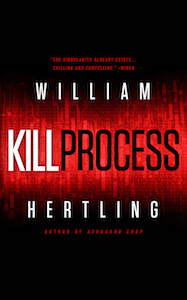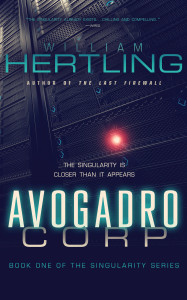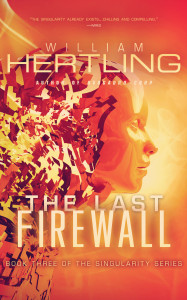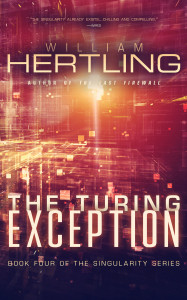Every once in a while, I read a book whose vision of the future makes me sit back and think Ah yes, this is how it will be. Accelerando by Charles Stross dealt with the acceleration of technological development. Daemon by Daniel Suarez depicted how a computer can manipulate the world around it.
Nexus and Crux, the two techothrillers from Ramez Naam, do that for neural implants, technology that provides an interface between our brains and the outside world.
I just read an advance review copy of Naam’s Crux, a sequel that follows tight on the heels of Nexus. (It will be available August 27th, but you can preorder a copy now on Amazon.) Both books revolve around a technology called Nexus, a nanotech drug that interfaces with the human brain. It allows a user to run apps in their brain, to exercise conscious control over their mood, augment their intelligence, and communicate telepathically with other Nexus users.
But even as this all-powerful technology improves the lives of millions by fixing debilitating mental illnesses, helping monks meditate, by facilitating more powerful group consciousness and thought, it is also restricted by governments, abused by criminals, and leads to power struggles.
Crux is an adrenaline filled ride through the near-term future. Set on a global stage in a near-future world where the United States tries to tight restricts technology through shadowy intelligence organizations, Nexus and Crux run the gamut of post-human technology: human-brain uploads, military body upgrades, nanotechnology, and artificial intelligence, but the definite star of the show is the Nexus drug and its impact on increasing the power of the human mind.
I recommend both books, although Crux won’t make sense without the setup of Nexus, so go read both. You’ll be left realizing the future will look much like Ramez Naam’s books, full of both beautiful and very scary possibilities.







